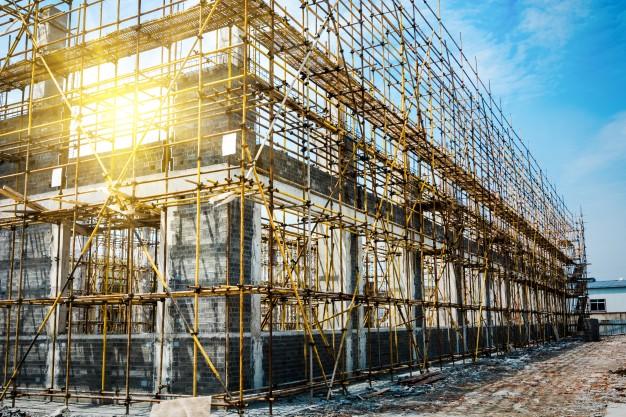What are the methods to estimate evaporation rates?
Pan Evaporation: You use a simple open pan filled with water. Over time, you check how much water has disappeared from the pan. This gives you a direct measure of evaporation from that pan. It's like watching how quickly a puddle dries up.
Class A Pan: This is a specific type of pan used in evaporation studies. It’s standardized so that measurements are consistent. You regularly measure the water level in this pan to see how much evaporates. It’s a bit like having a specialized tool to measure how much water evaporates from a known surface area.
Weather Data Models: Here, you use data from things like temperature, humidity, wind speed, and sunlight. You plug these numbers into formulas to estimate evaporation. It’s like using a recipe where different weather ingredients are mixed to predict evaporation.
Weather Station Data: Weather stations collect data on various weather conditions. You can use this data along with some calculations to estimate how much water is evaporating from a surface. It’s handy if you have access to real-time weather information.
Gravimetric Method: You start by weighing a container of water. After a set period, you weigh it again to see how much water has evaporated. This method gives a precise measure of evaporation by tracking the loss of water weight.
Water Balance Method: This involves keeping track of all the water coming into and leaving an area, like rainfall and runoff. By calculating what’s missing, you can estimate the evaporation. It’s like balancing a budget—figuring out what’s unaccounted for helps you understand evaporation.
These methods each offer a way to measure or estimate how much water is evaporating, depending on what tools and data you have available
How does a buttress dam differ from a gravity dam in terms of design and function?

Write a short note on Furrow Irrigation.

What tools are used for measuring rainfall and runoff?

What is Bent up bar in Beam?

Differentiate between creep and shrinkage of concrete.

Write notes on Mixing and Mixer machines of concrete.

What are the benefits of canal lining in irrigation?

What is the impact of soil permeability on irrigation efficiency?

How does sediment accumulation affect the performance of headworks?

What is reservoir capacity and how is it determined?

Explain the singly reinforced structure.